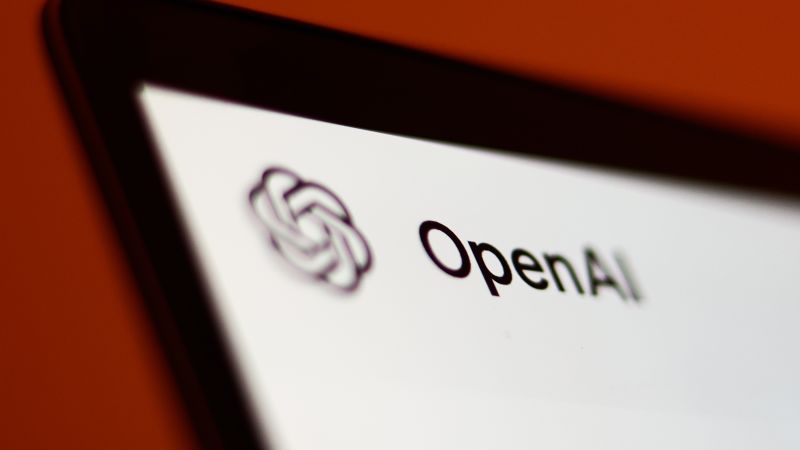
OpenAI just secured a ton of new cash. Now it needs to wow us
CNN
OpenAI may very well be the future of Silicon Valley, the next Google, the Great Disruptor, the Slayer of Late Capitalist Workplace Tedium, etc, etc.
OpenAI may very well be the future of Silicon Valley, the next Google, the Great Disruptor, the Slayer of Late Capitalist Workplace Tedium, etc, etc. But right now, as the startup morphs from a nonprofit-led research lab into a for-profit AI superstar, is a good time to put OpenAI and its brainy (often chaotic) leadership team under the microscope. Because if we accept OpenAI’s basic premise that better-than-human artificial intelligence is inevitable, and that it’s the best brand to harness that power, then it’s worth taking a moment to ask that age-old question in business: Really?! Here’s the deal: OpenAI, the company behind ChatGPT, just announced a $6.6 billion private funding round — the biggest in Silicon Valley history — that gives the young company a valuation of $157 billion, despite a decidedly unclear path to profitability. (For context, public companies with similar valuations include Goldman Sachs and Pfizer.) The list of OpenAI’s latest investors reportedly includes huge names in tech, including Microsoft (which has already plowed more than $13 billion in since 2019), Thrive Capital, Nvidia, Cathie Wood’s Ark Investment Management and Japanese conglomerate SoftBank. But it’s worth noting that Apple had been in talks to join that scrum, and it pulled out at the 11th hour, according to The Wall Street Journal.

The next batch of inflation data from the Bureau of Labor Statistics was already shaping up to be a high-profile affair due to the expected impact of President Donald Trump’s hefty tariffs. But after Trump fired the agency’s top statistician, Tuesday’s report now comes with some other, unexpected baggage.

The United States and China agreed to pause tariff hikes on each other’s goods for an additional 90 days, according to multiple reports citing White House officials. Without the agreement, tariffs were set to immediately surge, risking a return to ultra-high levels that had formed an effective blockade on trade between the world’s two largest economies.

 Run 3 Space | Play Space Running Game
Run 3 Space | Play Space Running Game Traffic Jam 3D | Online Racing Game
Traffic Jam 3D | Online Racing Game Duck Hunt | Play Old Classic Game
Duck Hunt | Play Old Classic Game









